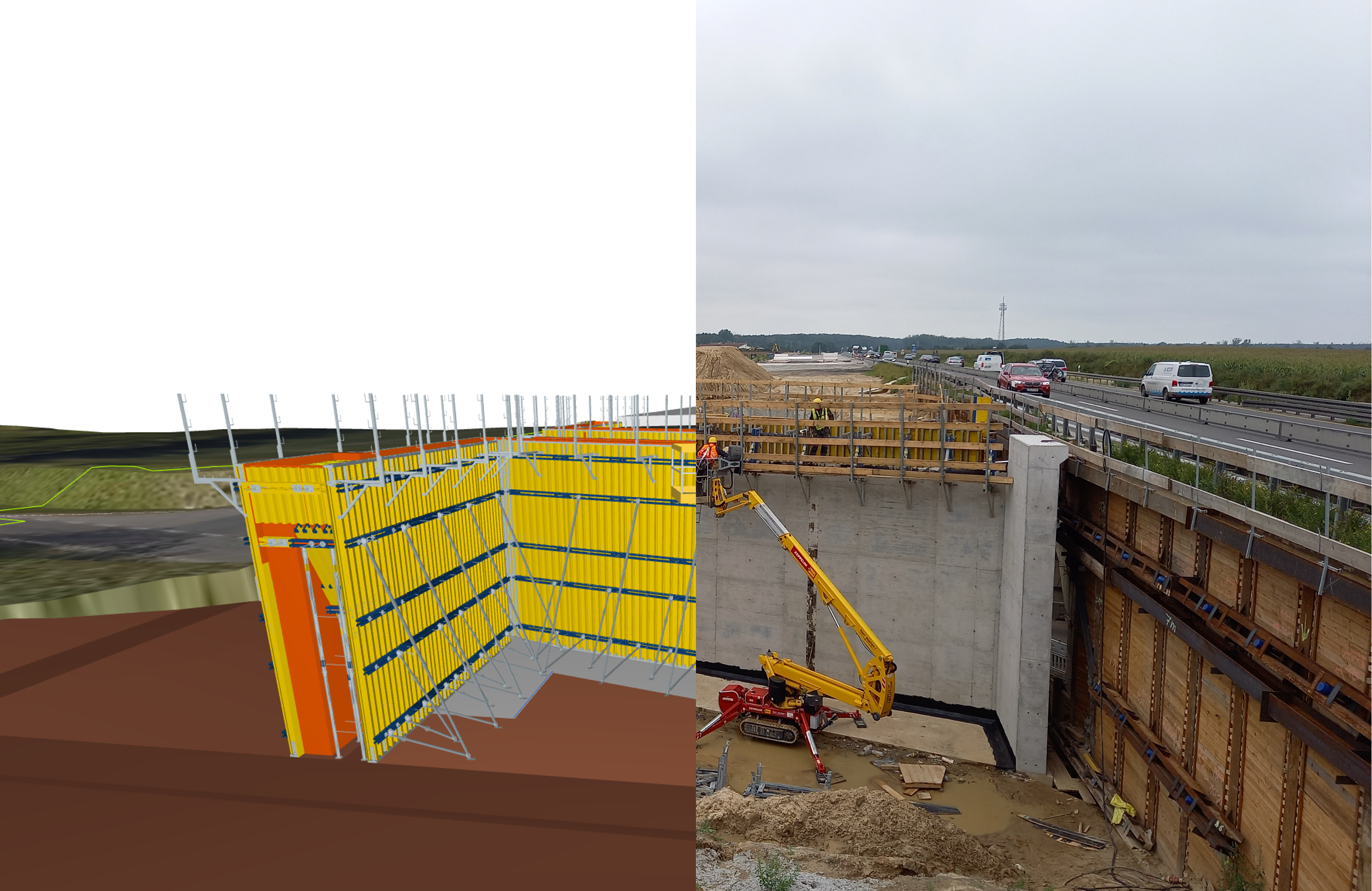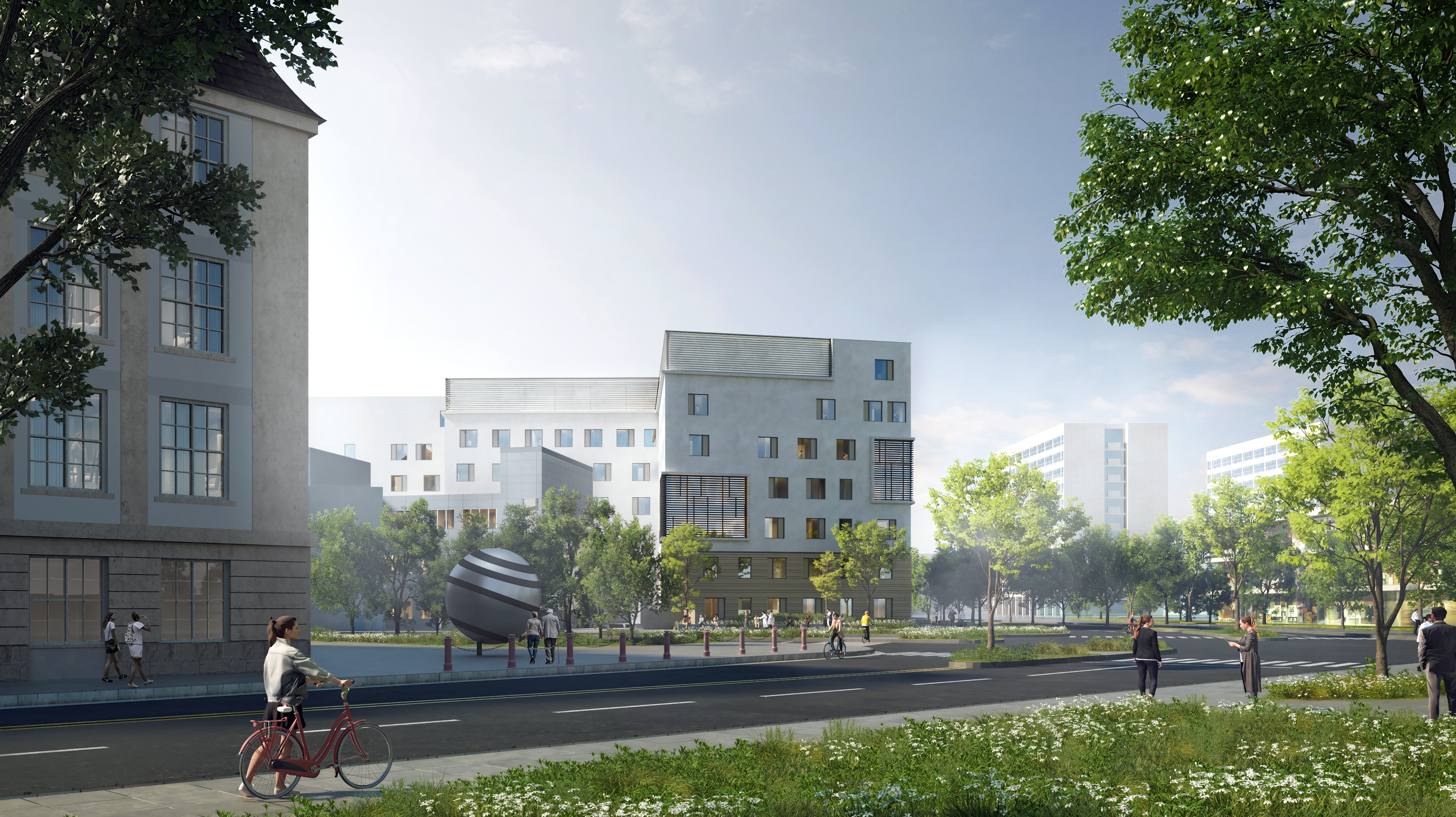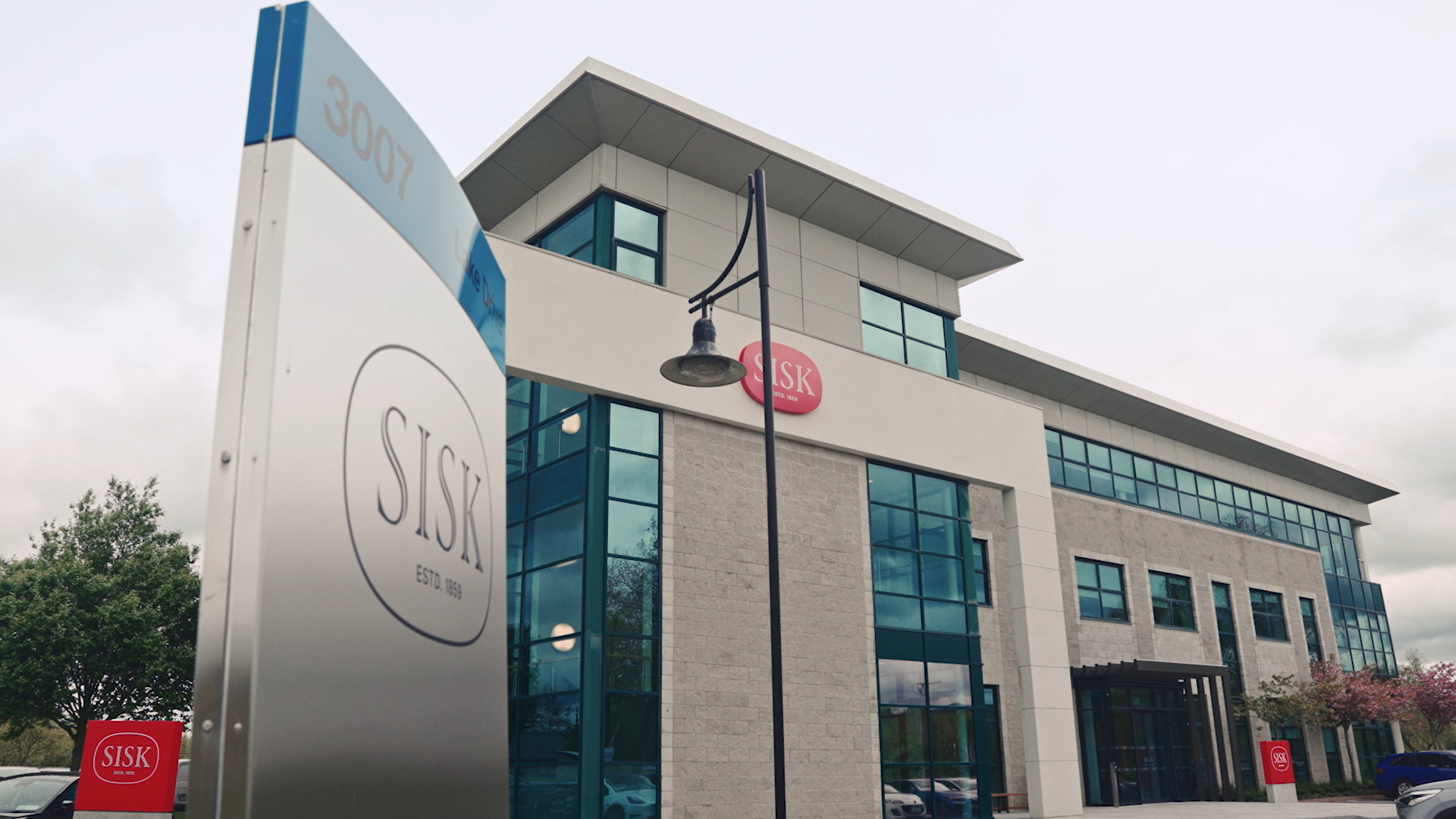Integral planning & BIM | the most efficient construction planning currently available
Find out about the game-changing approach of integral planning in construction, where all stakeholders collaborate from the start, facilitated by Building Information Modelling (BIM).
Author
Kim Lauterbach
Teamlead Training & Consulting, ALLPLAN
This article belongs to the collection OPEN BIM
To the topic pageIntegral planning is the term used when a construction project is viewed holistically, and all relevant specialist trades and stakeholders are involved from the very beginning. The Integral planning approach enables construction to be carried out much faster and to a higher standard, while at the same time reducing costs. But how does integral planning work? What makes the method so promising? And what role does Building Information Modelling (BIM) play in this?
Traditionally, specialist trades were called in to work on a construction project one after the other. Only when the architects have completed their work do structural engineers begin their work, followed by the specialist trades - one after the other until the project is complete. This process is inevitable when working with 2D drawings and plans. However, it also takes a lot of time and, with so many elements involved, is very error-prone.
This is precisely where integral planning comes in and combines the planning phases of all trades. Instead of one following after the other, everyone involved sits at the same table from the outset and plans simultaneously. BIM makes this possible. From the start of the project, all stakeholders - from the architects to the electrical planners - work in a single model. It’s within that single model that all information is consolidated, checked and exchanged. The important feature here, is that changes to the model are automatically transferred to all views and plans. Errors due to outdated drawings are thus eliminated and collisions are detected at an early stage before any obstacles occur on the construction site.
To start with, the participants draw up a schedule. This defines when which work steps are carried out and by whom, what information is exchanged for what purpose and when, and how often models are consolidated. The so-called BIM execution plan (BAP) thus forms the basis of the collaboration.
An understanding of the working methods, the type of data required and the necessary quality is crucial for integral planning. A project can only be carried out successfully if everyone sees and understands the added value of integral planning.
One such project is making history in Germany. The A 10/A 24 availability model (see image below) was the first pilot project in which everything is in one hand with BIM. Critical sections of the A 10 and A 24 were renewed by 2023, with part of the Havellandautobahn A 24 being implemented with integral planning and BIM. The use of BIM reduces the error rate in a project of this complexity. Quantities, costs and schedules always remain accurate and transparent. Integral planning thus enabled more efficient, economical construction on the A 24. The project also relied on OPEN BIM, creating a practicable blueprint for the future of German road construction.

Transparency creates trust
By using a single model, all data flows together in a single place that can be viewed by everyone. This type of disclosure initially takes some effort, but the advantages outweigh the disadvantages. Each specialist trade also benefits from the data of the others and, in addition, everyone involved in the project has access to the relevant data anytime and anywhere.
When building the new Stuttgart Cancer Center (see title image), the focus was on cross-disciplinary collaboration. With over 10,000 cancer patients treated each year, the SCC will bring together the expertise of various specialist areas under one roof. An oncology day clinic, nuclear medicine, radiotherapy and other services for cancer patients are planned. The project was coordinated using an OPEN BIM platform, which is connected to the cloud and the specialist trade interfaces. The platform is not only used for planning, but also for quality assurance and checking the model as well as for documentation in the form of historicization by revising the various specialist models. This enables all project participants to maintain an overview - even in complex construction projects such as the SCC.
This transparency is the opposite of working in silos, where only the end result is shared. The Single Model is the only way to create the necessary trust, which in turn enables a constructive and solution-oriented working environment.
An important aspect of integral planning is the creation of an error culture in which those involved feel comfortable admitting mistakes and analysing them in the group. This improves working methods and prevents the same mistake being repeated by several people.
Communication as the key to every good relationship
In addition to transparency, communication plays a decisive role in integral planning. Everyone involved has the same level of knowledge thanks to the shared model. This means that discussions can be held in a constructive and targeted manner; for example, when it comes to avoiding collisions in the model or combining breakthroughs from different specialist trades.
The visual representation in the model also gives clients a better understanding of the project and supports communication about delays, problems or cost increases, as the information is clearly visible in the model. Ultimately, it is also possible to react more quickly to changes when everyone involved is sitting at ‘the same table’.
Quality, time, costs
All clients want high-quality projects that can be implemented quickly and cost as little as possible. Until now, it was often not possible to meet all of those requirements. If you wanted to build cheaply, you often had to compromise on the quality of the work and if clients insisted on realising projects as quickly as possible, it quickly became expensive. However, integral planning in combination with BIM now offers a new way to work; one that’s better, faster and cheaper. This type of project management will therefore become increasingly popular, and those who plan holistically now, will be well-set for the future.





